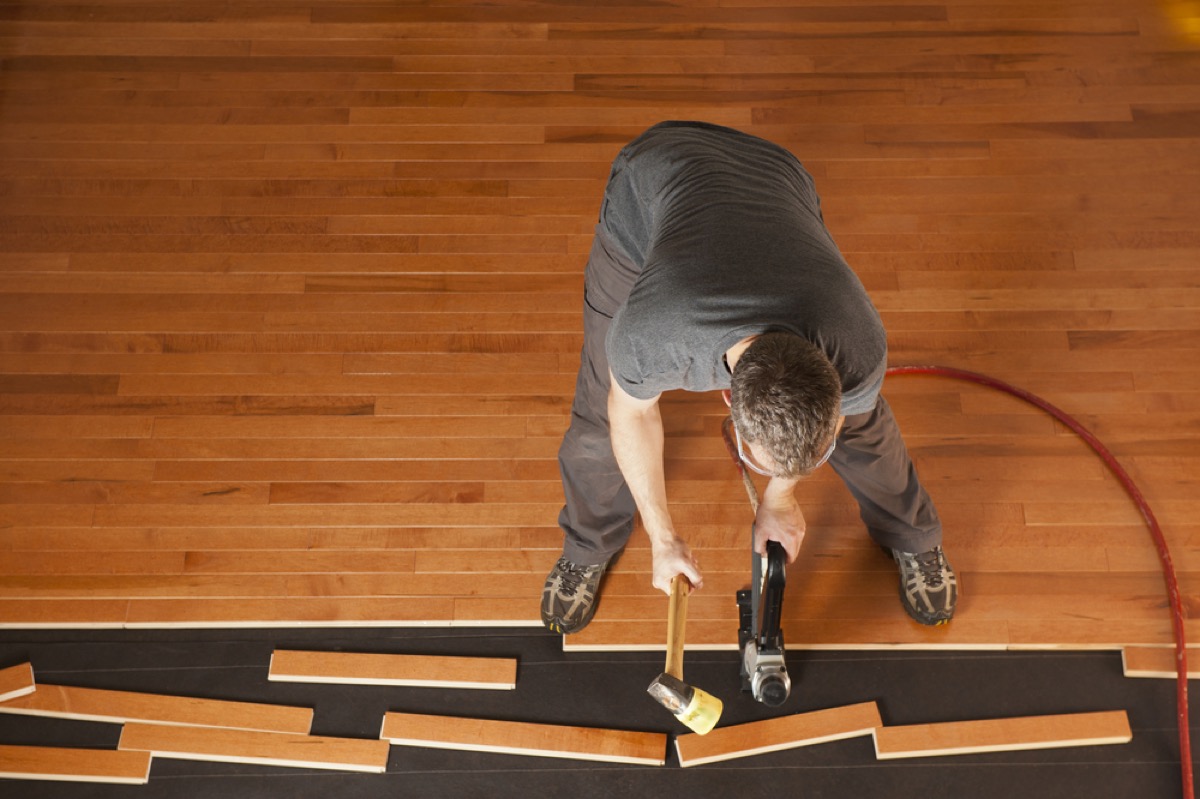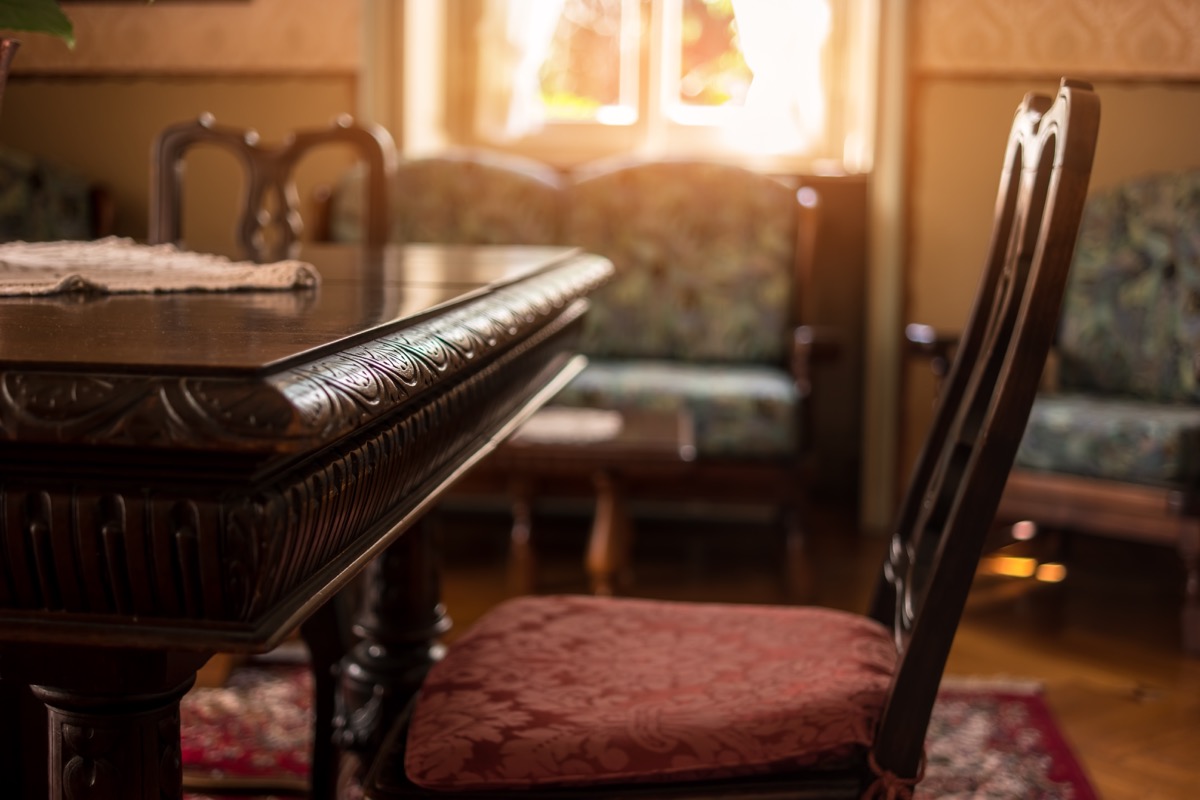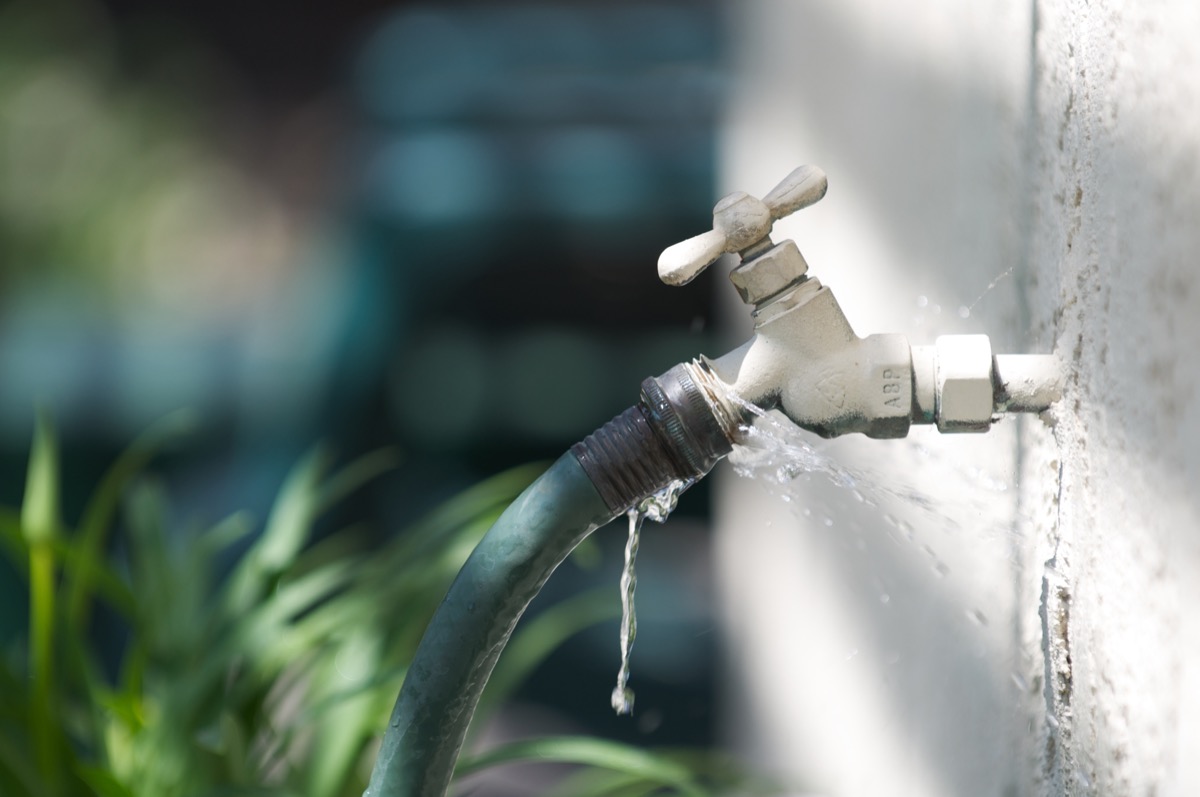RELATED: 5 Things You’re Buying That Bring Bed Bugs Into Your House, Experts Say. While those new hardwood floors in your home may look nice, they could be a termite problem waiting to happen. “Many times, these products introduced into the home are already infested with the drywood termites,” says entomologist Mike Duncan, a national technical manager at Truly Nolen Pest Control. Before having any flooring installed in your home, make sure to inspect it first to make sure there are no signs of termites, including live bugs or dirt tubes. For more home safety tips delivered straight to your inbox, sign up for our daily newsletter! If you’re thinking of changing out your kitchen cabinetry, you’d be wise to carefully inspect your new cabinets before having them installed. Duncan says that drywood termites can also live in products like wooden cabinetry, causing a full-blown infestation—and serious structural damage—if they reproduce once the cabinets are installed in your home. It’s not just bed bugs you have to worry about when you bring home a piece of antique furniture. “A common entry way for termites to enter your structure is antique furniture,” says Duncan. Before you bring home any antique pieces, make sure to carefully inspect their wooden components for signs of termites, which can include sawdust piles or hearing a hollow sound when you knock on what’s supposed to be a solid piece of wood. Sitting in front of a crackling fire at home is undeniably cozy—but realizing your wood pile has contributed to a serious termite infestation is decidedly less so. “Firewood or lumber, especially ones that are already decayed, can be a haven for termites,” says Ryan Smith, owner of Ant & Garden Organic Pest Control. Even if you’re storing your firewood outdoors, it can still contribute to an infestation. “They can lead termites into your home through the tiny cracks and crevices on walls,” says Smith. That pricey landscaping around your home could be hiding more than just emerging weeds—it could also be a haven for termites. “Mulch plus moisture is a combination that surely attracts termites,” says Smith. If you want to avoid an infestation, “Make sure to keep mulch away from your main walls and keep it and your soil dry at all times,” Smith recommends. If you’re letting that hose spigot outside your house continue to drip, it may not be long before you’ve got a termite problem on your hands.ae0fcc31ae342fd3a1346ebb1f342fcb “It’s important to avoid sources of excess moisture around the house—leaky spigots, damaged hoses, etc.,” says Daniel Perry, chief entomologist at Zevo. “Termites need moisture to survive, so they will use these areas to stage their invasions.” To help keep an infestation at bay, attend to any plumbing problems in a timely manner—particularly if they cause outdoor leaks. RELATED: If You See This Bug, You Need to Vacuum It Up Immediately, Experts Say.





